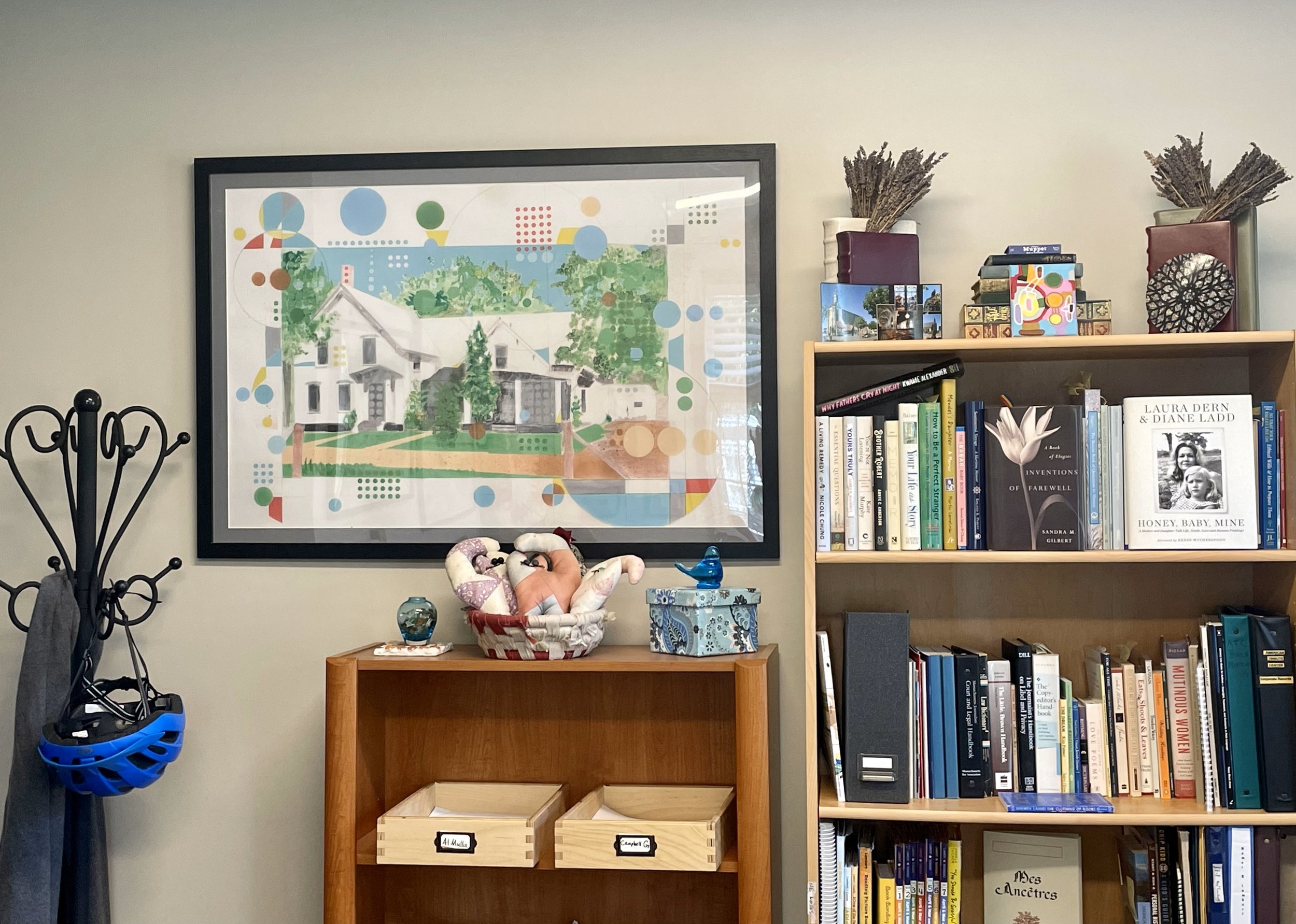As a special project to celebrate Modern Memoirs’ 30th anniversary, our staff decided to compile client interviews from our monthly “Reflections” blog series into a Digital Book entitled Five Questions: Reflections from Modern Memoirs Authors. Genealogist Liz Sonnenberg has been writing the “Reflections” series for the past three years. She brings a deep familiarity with each profiled author’s work to every one of her interviews, along with a genuine curiosity about the inspirations, struggles, and rewards they encountered along the self-publishing journey. The goal of each interview is to gain a deeper understanding of our authors as we allow them to process the impressive undertaking they have accomplished. For their part, our interviewees consistently honor us with honest, eloquent, and profoundly insightful reflections on their book projects.
“The goal of each interview is to gain a deeper understanding of our authors and allow them to process the impressive undertaking they have accomplished.”
As with each “Reflections” blog in the series, the creation of the Digital Book was a team effort that drew on the talents of the entire staff. The finished product is easy to share digitally with those curious about self-publishing, who may see a reflection of themselves in our former clients.
One of my favorite aspects of Five Questions is its variety of clients and projects. Five Questions represents authors who began the self-publishing process unsure of the value of their stories, authors who have sent their Modern Memoirs-published books to the Library of Congress, authors who wrote books primarily for the benefit of family or even for one specific family member, and authors who wrote books for self-expression. One client who has published three books with us, Stephen Rostand, explained his motivation for writing a family history in his interview: “I wanted to make sure my children and grandchildren and cousins knew something about their origins so they would not be orphans in history. After all, our past is part of all of us and knowing who we are should help guide us in the future.”
The presence of several repeat authors in Five Questions, some of whom are featured more than once in the book, may point to the value that our clients find not just in the Modern Memoirs publishing experience, but in these interviews, as well. A former client who is considering embarking on a new project with Modern Memoirs may revisit their “Reflections” blog to recall the specific obstacles they encountered and rewards they received from their first book. In her interview with client Elizabeth Tsai, who has published five books with Modern Memoirs, Liz asked what made her decide to return to the company to pursue her second project. Tsai answered, “[My first project] A Grandmother’s Diary was a way to test the waters. I thoroughly enjoyed working with Modern Memoirs, and I was confident that they would be as superb and as encouraging, if not more so, with the second project. The experience of working on the autobiography was akin to, but more fun and fruitful than, taking a course on memoir writing at a university. I learned a great deal, I had the fervent support of experts, and I exulted in the friendship of noble souls.”
As we celebrate three decades of helping hundreds of writers create the beautiful books they envision, we invite you to read about some of their experiences, and to share this Digital Book with anyone who might be ready to publish a book of their own with Modern Memoirs, Inc.
Emma Solis is publishing associate for Modern Memoirs.




















